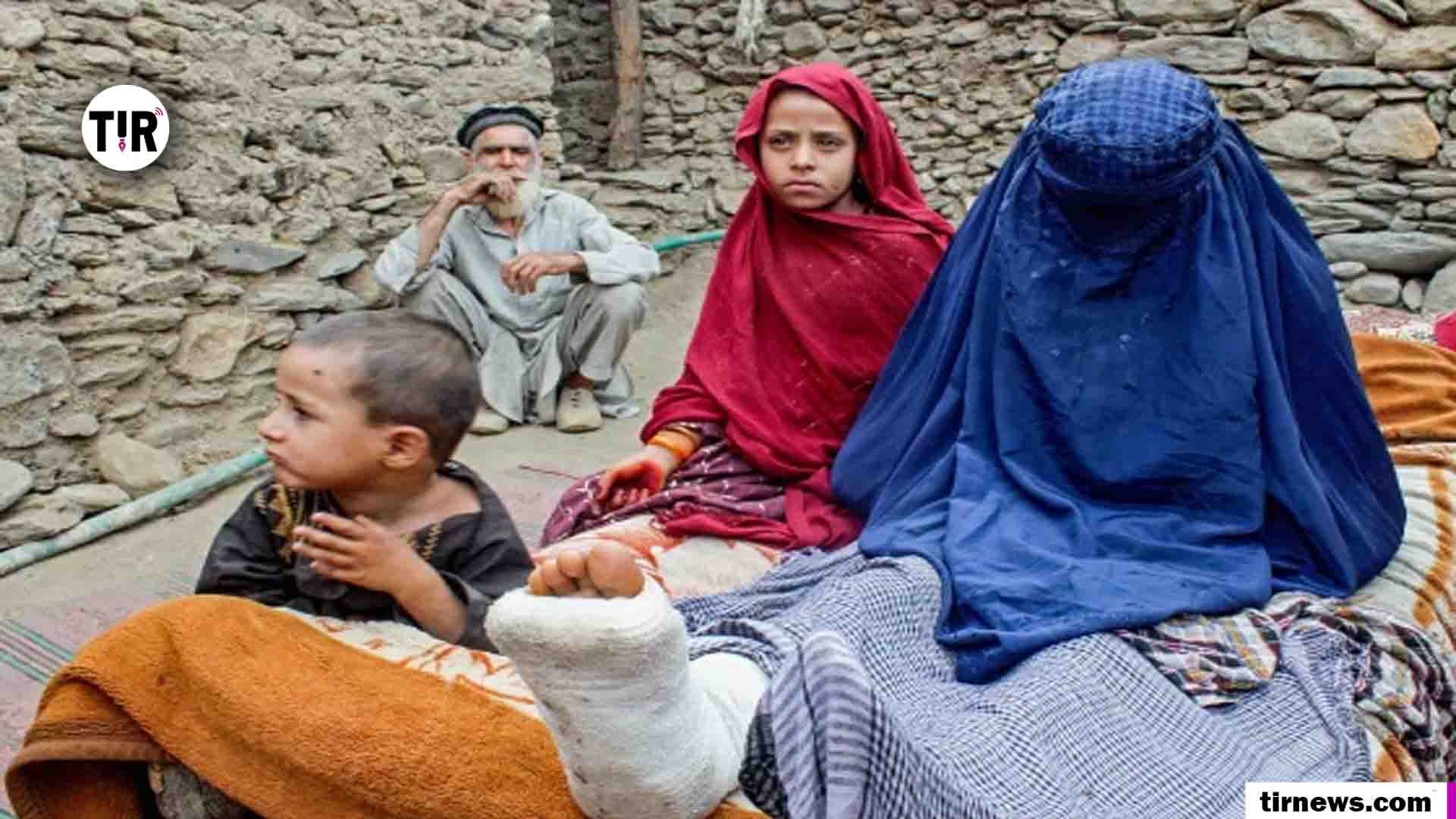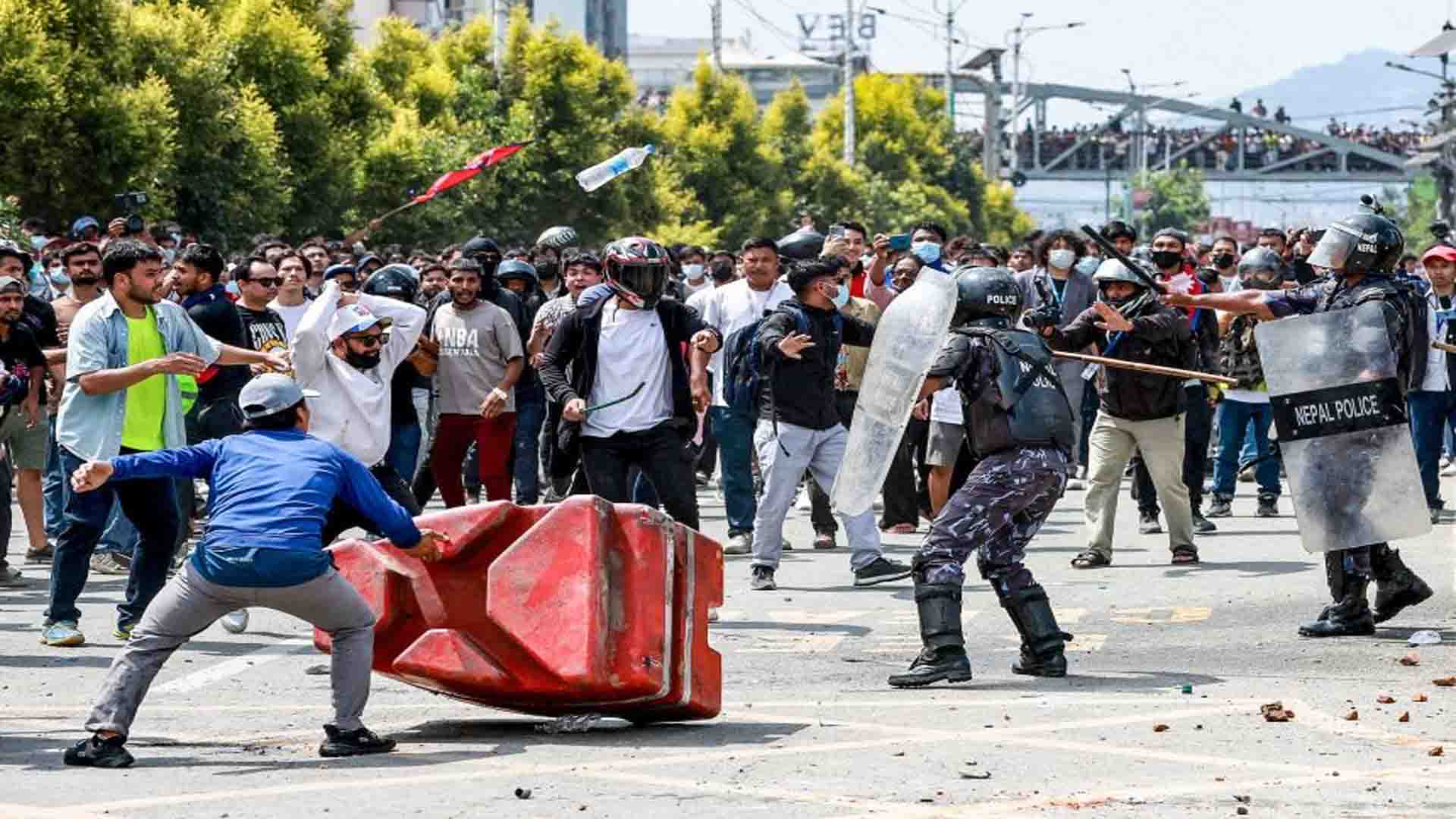Eastern Afghanistan—particularly Kunar province—has been struck by a catastrophic 6.0-magnitude earthquake, now confirmed to have killed over 2,200 people, with at least 3,600 injured. Rescue efforts continue amid severe logistical challenges and a mounting humanitarian crisis. (AP News, Reuters, The Times of India)
The Taliban government updated the official fatality figure to 2,205, while international assessments highlight widespread destruction, with as much as 98% of buildings in Kunar destroyed or damaged. (AP News, Wikipedia)
Ground Conditions & Aftershocks Compound Crisis
This earthquake isn’t an isolated event—powerful aftershocks, including a magnitude 6.2 tremor, have further destabilised the region. (The Guardian, Reuters)
Villages in mountainous regions, constructed with mud-brick and wood, lay flattened. Rescue operations are slowed by dangerous terrain, blocked roads, and landslides. Emergency teams have resorted to air-dropping commandos and walking for hours on foot to reach remote areas. (AP News, Reuters)
Humanitarian Fallout & Aid Gap
The scale of destruction has rendered 84,000 people directly impacted, many left homeless and without access to essential services—including water, shelter, and medical care. (Reuters, Wikipedia)
Major agencies warn of a severe funding shortfall:
- The World Health Organization cites critical medical supply gaps.
- The United Nations and IFRC highlight the urgent need for funding to sustain relief. (Reuters)
- The Norwegian Refugee Council notes staffing shortages and dwindling resources. (AP News, Reuters)
Why Every Moment Counts
- Shallow quake depth amplified shaking, worsening destruction in a geologically fragile region. (Wikipedia)
- Remote and inaccessible terrain delays critical aid—even medical help and tents take days to reach survivors.
- The ongoing aftershocks elevate the risk of secondary collapses.
- Limited foreign aid—due partly to Afghanistan’s political isolation—deepens the crisis, making swift international humanitarian response essential.



